Geocaching: How To Use Photos from Cache Hunts
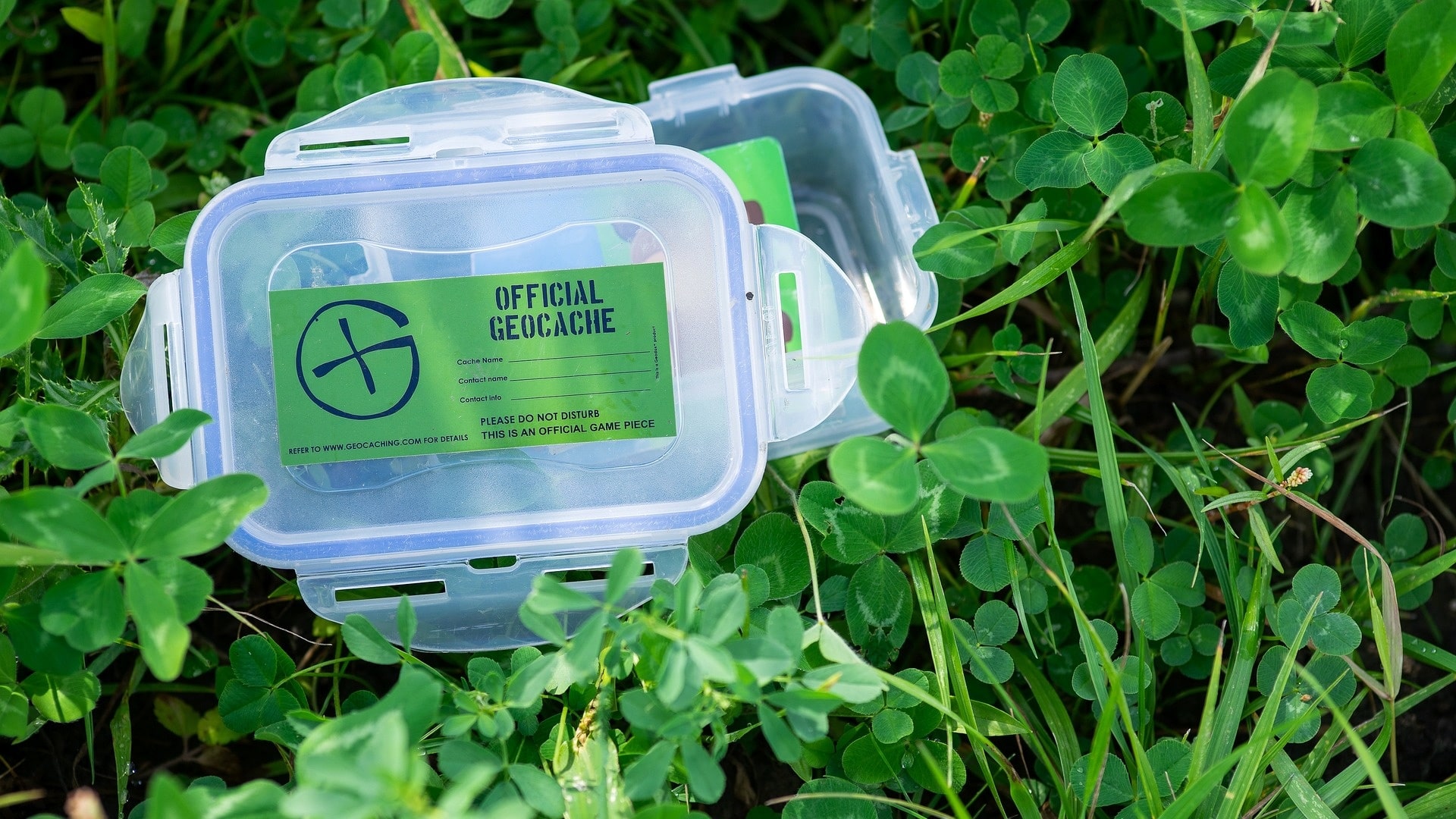
Geocaching is a recreational activity recognized around the world. It combines outdoor adventures with modern technology. Join in the search for hidden caches and get many photos filled with memories. How can you creatively use these photos without revealing the secret locations of the caches?
Geocaching involves using GPS devices or smartphones to search for hidden containers, known as caches. Each cache contains a logbook where finders can sign their names and sometimes find small items for trade. Anyone who craves a bit of adventure can get involved.
What is geocaching and how did it start?
Geocaching began in May 2000 when GPS signals became more accessible for public use. The first cache was placed by Dave Ulmer in Oregon, USA. He called this activity the “Great American GPS Stash Hunt.” Since then, geocaching has spread worldwide. Today, over three million caches are registered in more than 190 countries.
Getting involved
Getting involved in geocaching is easy:
1. Download an app and register: Many different apps for geocaching reveal where to find caches using GPS. Download any of them and create an account linked to Geocaching.com. You can also create an account directly on this site and find the necessary maps with cache locations.
2. Choose a cache: Select a cache on the map that you want to search for. Each cache has different levels of difficulty and sizes, so you can choose based on your preferences and experience.
3. Cache hunt: Use GPS navigation to reach the location and search for the hidden container.
4. Log your find: After finding the cache, sign the logbook. The container may also contain small items for trading. If you find an item, you can keep it, but you should leave something for the next finder.
Cache types
Specific caches can be classified not only by difficulty but also by type. Cache types include:
Traditional geocache: The most common type. These are containers of various shapes and sizes found at the given coordinates.
Mystery cache/challenge cache/unknown cache: Usually not found at the initial coordinates. You must reach them by solving a puzzle or breaking a code. Even if you find it at the given position, you usually need to unlock a combination lock using clues. This category also includes caches searched for at night with a flashlight or UV lamp. Similarly, a cache with a challenge cannot be logged without fulfilling the challenge.
Multi-cache or earthcache: A special type of cache with the task of educating finders in the field of geology. It does not have a physical container, and to recognize it, you need to answer questions set by the author, which are listed in the cache’s description.
Letterbox hybrid: This type is interesting because you reach the specific cache following the author’s directions in the listing. At the destination, the container contains a stamp with the logbook, which you can stamp in your letterbox journal. The stamp is not for trading.
Wherigo™ cache: This is a special type of game cache you search for using a compatible device where you need to upload a cartridge. After starting, you proceed according to the game’s storyline and tasks that lead you to the final container.
Webcam cache: As the name suggests, it involves a webcam. It is a specific group of virtual caches but has its own icon. There are only a few of these caches remaining in the Czech Republic and new ones can no longer be created. A photo of you taken by webcam must be included with the log.
Lab caches: These are new types of caches that are still being tested. After finding the cache, hunters are usually sent a questionnaire where they can comment on its appearance. They are temporary and usually part of events.
Virtual cache: As the name suggests, it is not a container. To identify it, you must complete a task created by the cache’s author, like finding a name on a plaque or taking a photo at a designated spot. In any case, you need to physically visit the location. These special caches are no longer common and cannot be created anymore.
Waymarking Project: A new project in geocaching that has replaced Virtual Caches. Those still functioning are left to expire.
Geocaching HQ Geocache: This special cache is located directly at the headquarters of the game’s founder (Seattle, Washington) at Groundspeak – GCK25B.
Project A.P.E. Cache: If you are a fan of Planet of the Apes, these caches are made for you. They were created in 2001 to promote the film. Of the 12 originally created, only 2 are still active (GCC67 Mission 4: Southern Bow, Mission 9: Tunnel of Light). You have to travel to Brazil to find them.
Creative uses for geocaching photos
You can experience many adventures during these treasure hunts. Photos are a great way to keep your memories alive. Here are some tips on how to creatively use your geocaching photos:
- Don’t reveal the cache’s location: Since it’s a rule not to disclose the cache’s location, you need to be careful about what appears in your photos. Watch out for signs and other noticeable clues in the area that could reveal the location. You can also use photography as a motivation for your friends and family and inspire them to take similar shots.

The location of most caches is significant or special for some reason. You can further emphasize this idea in your photos. Sharing these photos will certainly generate interest.
- Use presets for editing: When editing, use presets in Zoner Studio. This makes the editing quick and easy and gives your photos a consistent look, giving you a distinct style.
- Create a photo book or calendar: Use your best photos to create a photo book or calendar. These gift items are a great way to share your experiences with family and friends.

Gift idea: Give your loved ones a calendar with a photo of yourself at a cache location for each week or month. Let the treasure hunt begin.
- Share on social media: Share your best finds on social media platforms like Instagram or Facebook. Add hashtags with information about your location without sharing too many details (#geocaching #geocache).
- Start a blog or website: If you’re a passionate geocacher, create your own blog or website to share your stories and galleries from cache hunts.
Geocaching is a great activity that takes you places you might not otherwise visit. Whether you’re a beginner or an experienced cache hunter, there’s always a reason to go out and discover something new. Don’t forget to bring your camera or smartphone and document your adventures.
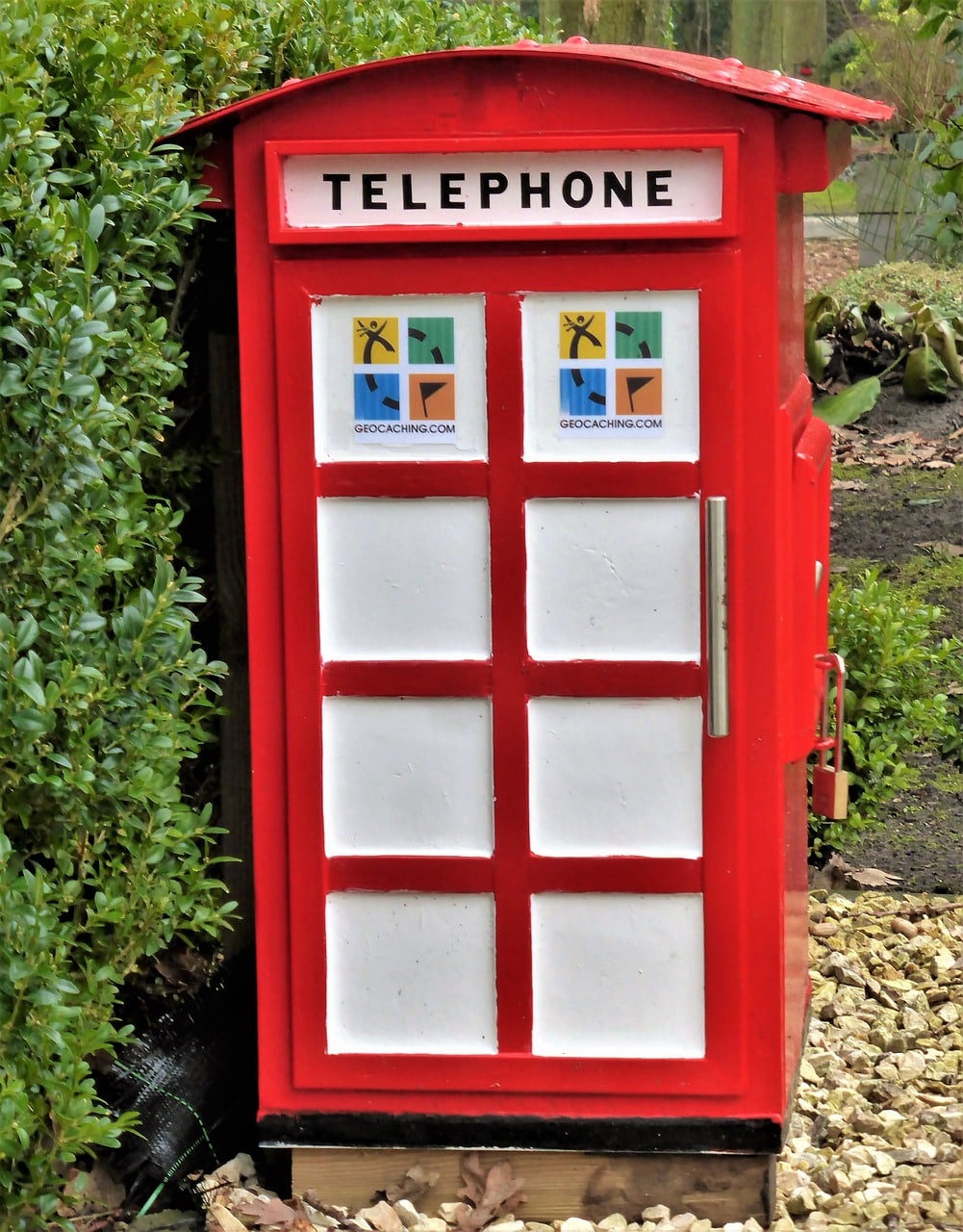
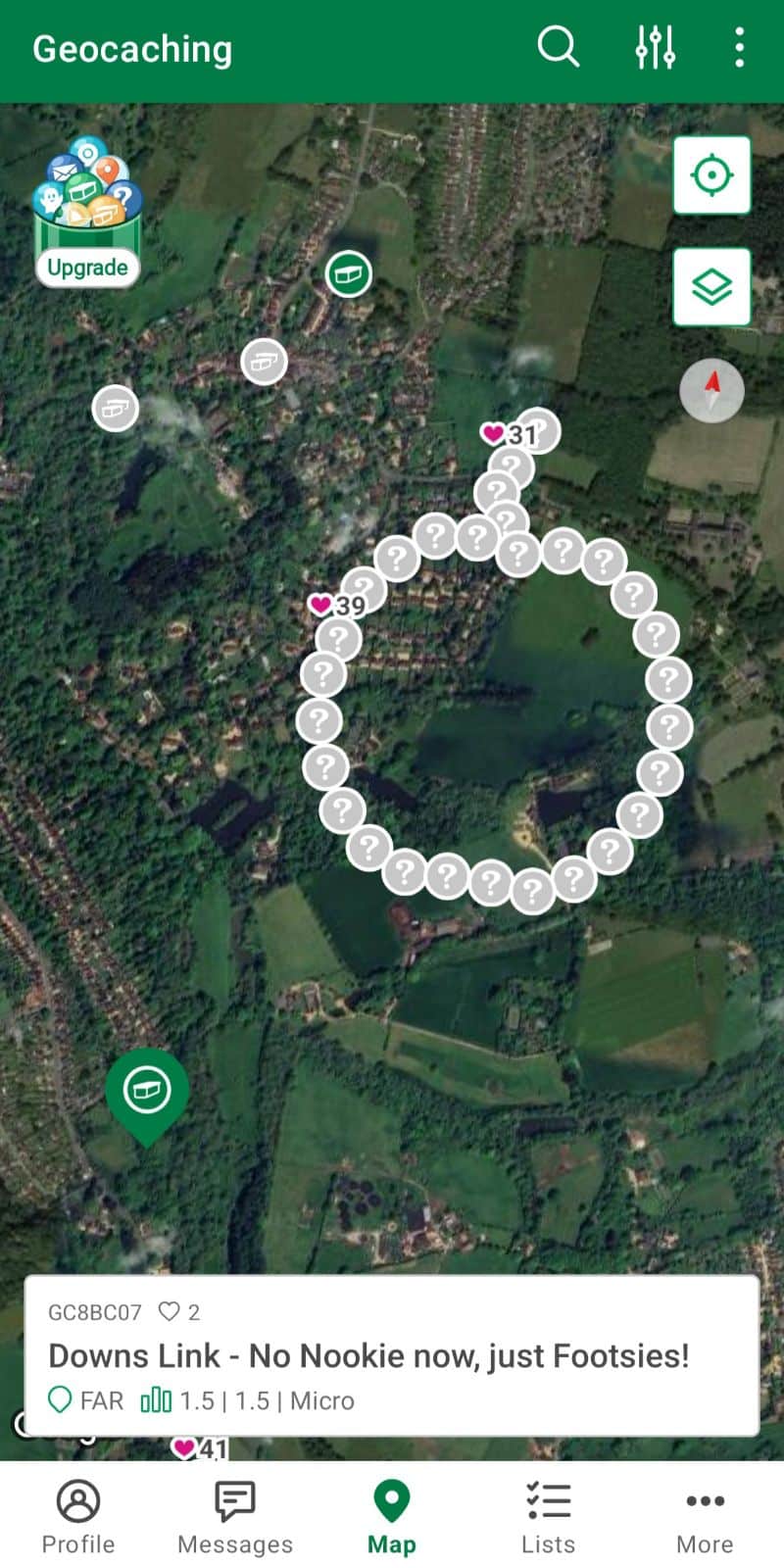
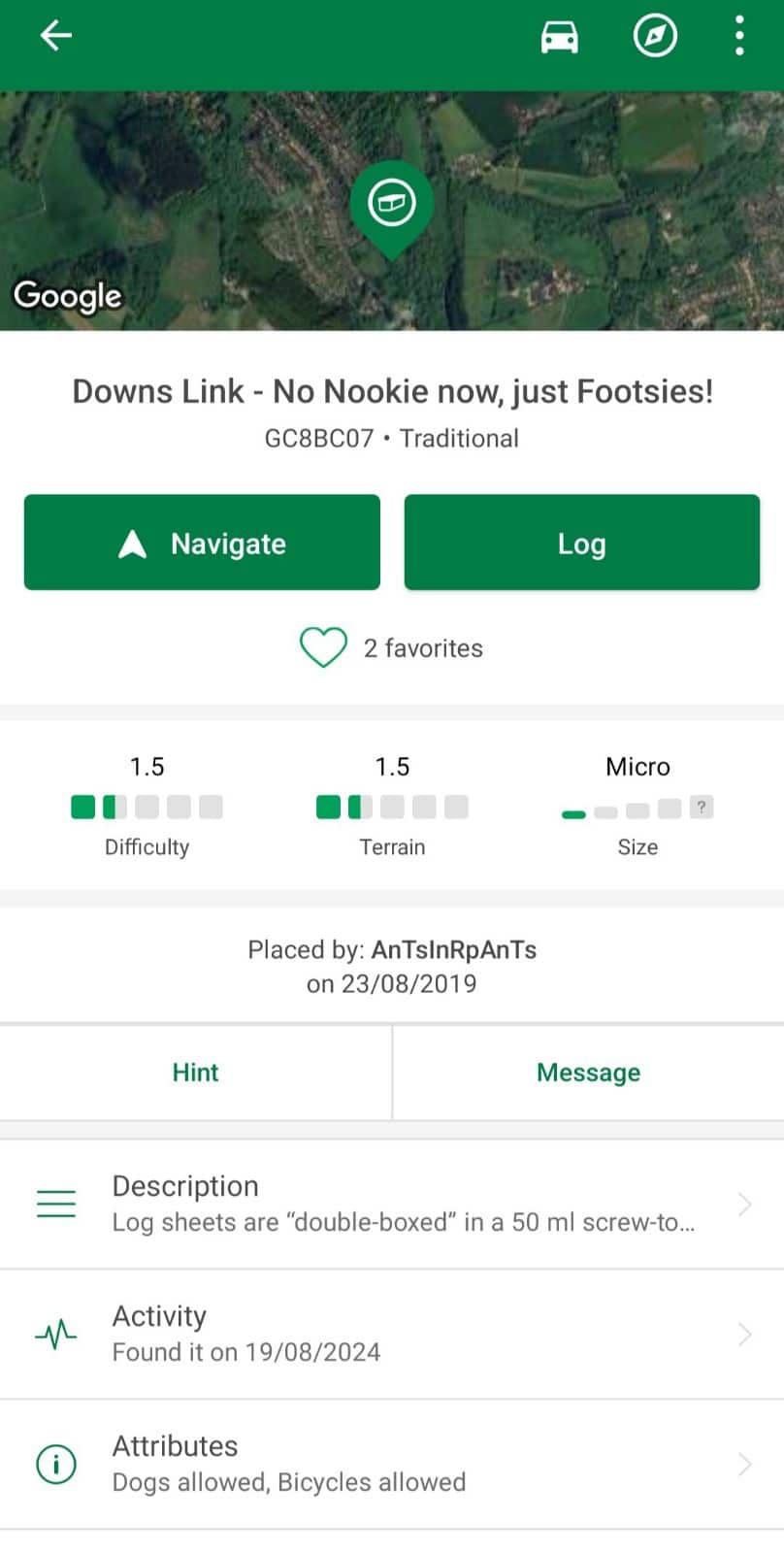
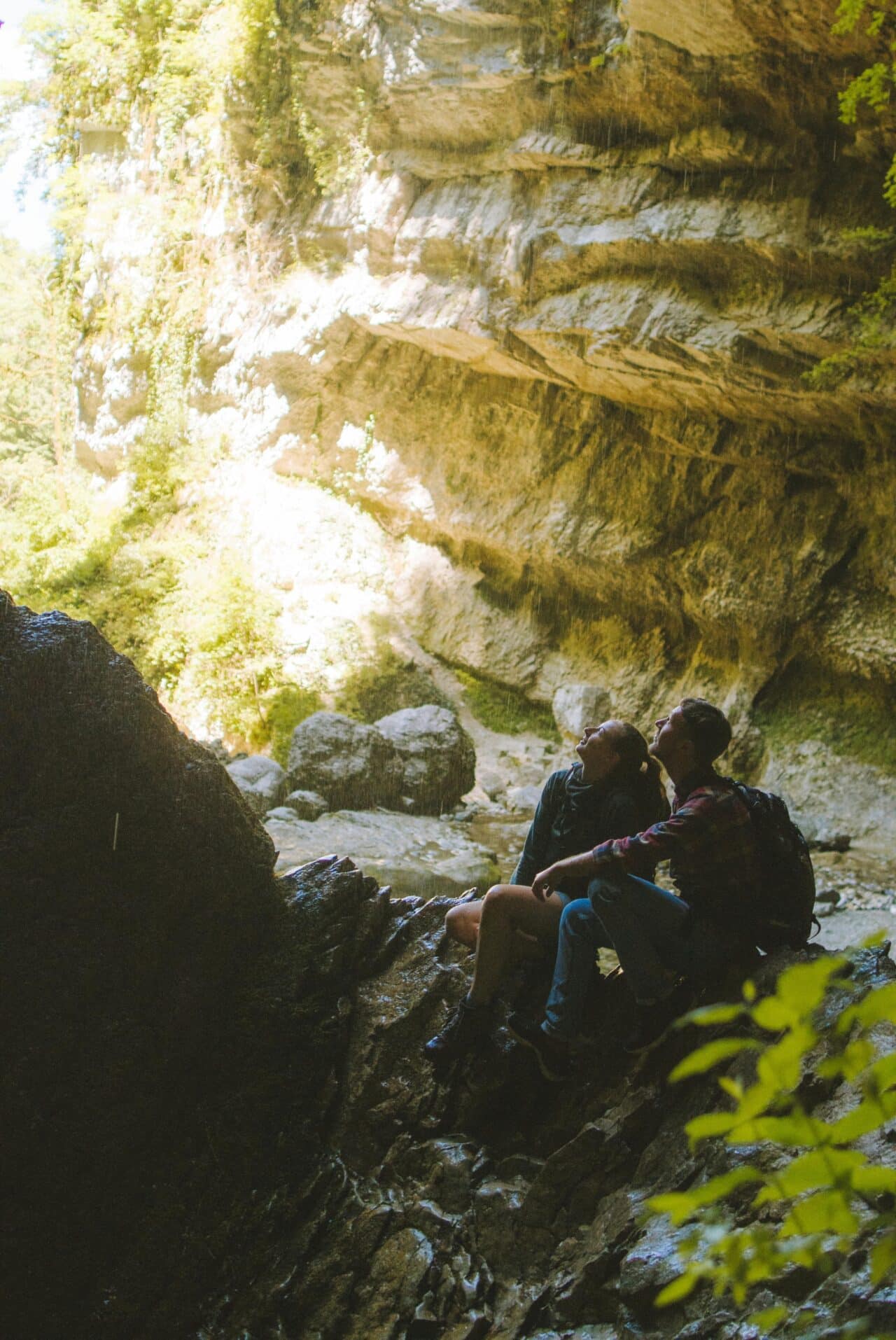



There are no comments yet.